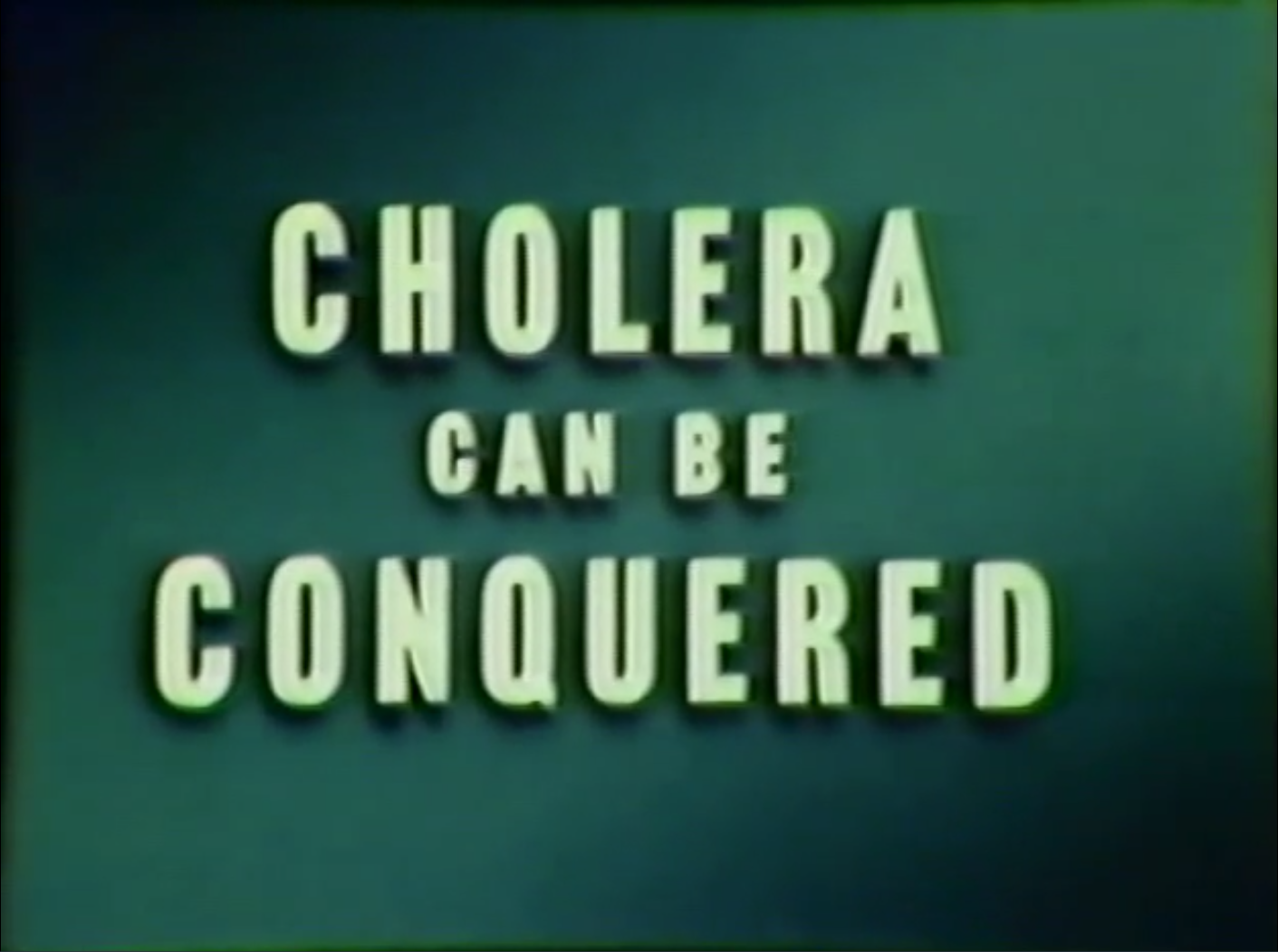Cholera
Cholera is a bacterial disease transmitted in water or food contaminated with Vibrio cholerae bacteria and has existed since at least 500 B.C. Symptoms typically include diarrhea and vomiting and can be mild or fatal.
The earliest discovery of the bacterium was in 1854 by Italian Filippo Pacini. His work went mostly unnoticed.
| Dive | ||||||||||||||||||||
|---|---|---|---|---|---|---|---|---|---|---|---|---|---|---|---|---|---|---|---|---|
| ||||||||||||||||||||
|
| Span | ||
|---|---|---|
| ||
Image from Harper’s Weekly 1885 of Dr. Ferran inoculating for cholera in Spain. He accompanied the cholera commission from Barcelona, Spain to Marseille, France. |
| Span | ||
|---|---|---|
| ||
National Library of Medicine |
| Dive | |||||||||||||||
|---|---|---|---|---|---|---|---|---|---|---|---|---|---|---|---|
| |||||||||||||||
|
Several cholera vaccines were invented worldwide, including Haffkine’s vaccine trials in India in 1893, and his heat-killed vaccine in 1911. In 1927, Alexandre Besredka’s oral bilivaccine was tested in India and China alongside an injected vaccine. At the National Institutes of Health (NIH) from 1943 until her retirement in 1971, Dr. Margaret Pittman worked to assess the efficacy of and establish national and international standards for the production of the cholera vaccine.
There was an epidemic of cholera in Thailand in May 1958, and the World Health Organization, and Philippine and American officials sent vaccines and other aid to Thailand. The King and Queen of Thailand, Their Majesties King Bhumibol Adulyadej and Queen Sirikit, were invited to attend the dedication ceremony of the National Institutes of Health (NIH) Building 29, the newly built home of the Division of Biologics Standards (DBS), in June 1960 because of his majesty’s active role in the South East Asia Treaty Organization (SEATO) Cholera Research Project. The SEATO Cholera Research Project formed in the wake of the epidemic.
| Dive | ||||||||||||||||||||
|---|---|---|---|---|---|---|---|---|---|---|---|---|---|---|---|---|---|---|---|---|
| ||||||||||||||||||||
|


